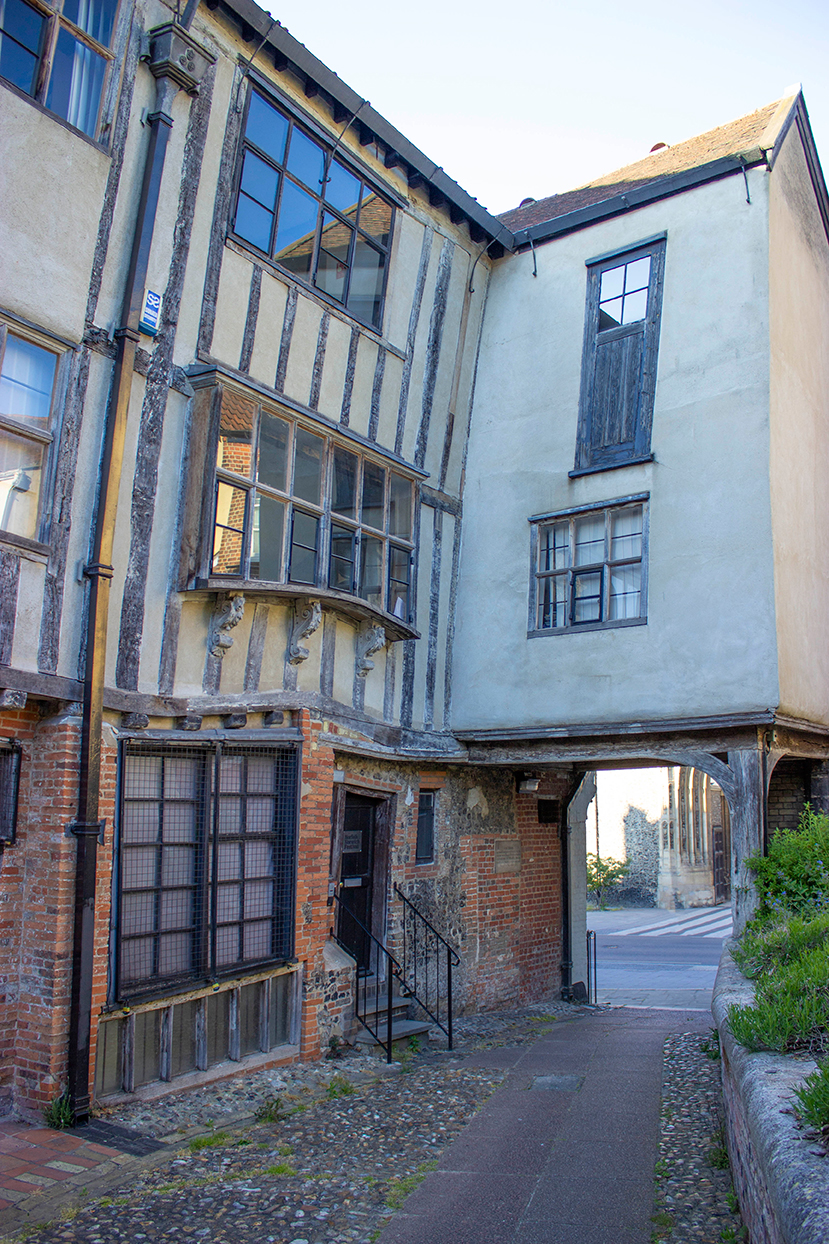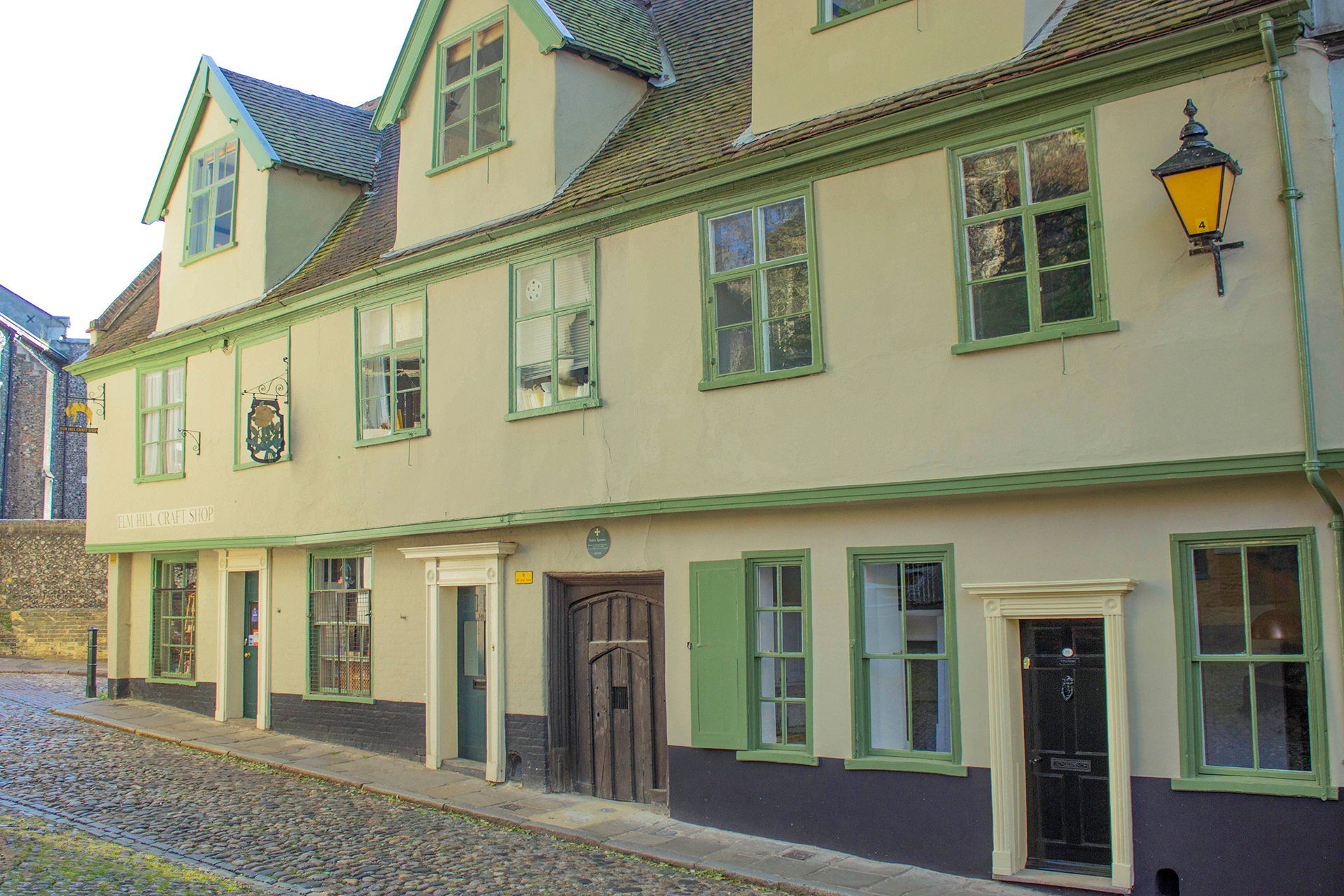About The Cathedral Quarter
Our Tradition Of Best Hospitality
History of the Cathedral Quarter
A Beautiful and Historic Area of Norwich

The Cathedral Quarter is a beautiful and historic area of Norwich. Take your time to look and up and enjoy the wonderful buildings, which have great stories to tell.
Tombland, the city’s original Market Place, is at the heart of the Quarter. It was the Angles who first lived in the area, after they invaded from northern Germany in the fifth century. But it was the Danes who established the Market Place, after they settled in Norwich in the late 10th century.
‘Tomb’ means empty space in Danish, so the word Tombland has nothing to do with burials. The Danish port was the Quayside, just down Wensum Street from Tombland. The Normans moved the Market Place in the 1070s to below the site of their new Castle.
Norwich Cathedral was founded in the 1090s as a Benedictine Monastery and is one of the finest Norman buildings in the country. The stone spire, which dates from the 1480s, is the second tallest in the UK after Salisbury Cathedral.
The Cathedral’s Erpingham Gate was completed in the early 1420s, a gift to the monastery from Sir Thomas Erpingham, who built the gate to thank God for his safe return from the Battle of Agincourt (1415), where he was commander of the English longbowmen.
Next to the Erpingham Gate is the memorial to Edith Cavell, the Norfolk nurse who, based in Belgium at the outbreak of World War I, helped allied soldiers trapped behind the lines to escape to neutral Holland. She was eventually arrested by the Germans in 1915 and executed. Edith Cavell’s grave is outside the east end of the Cathedral.


There has been an inn on the site of the Maids Head Hotel since at least the middle of the 13th century. The hotel is believed to be one of the oldest in the country.
Opposite the Maids Head is the Louis Marchesi pub, named after the man who founded the Round Table in Norwich in 1927. Next to the pub is the former Samson and Hercules Dance Hall, which was built as courtyard house in the 1660s by Norwich merchant and Mayor, Christopher Jay.
Augustine Steward’s house dates from the 1540s and is named after its builder, a prominent merchant, who was three times Mayor of Norwich. Behind the house is the ancient Tombland Alley and St George’s Tombland, one of the many wonderful medieval churches in the city.
Elm Hill is a beautiful photogenic street with lots of interesting shops. Buildings on the street largely date from the 16th and 17th centuries. There was a terrible series of fires in 1507 which nearly destroyed the whole street. Just the iconic Britons Arms survived, now a very popular attraction.
Opposite the Britons Arms is the east end of The Halls, a former Dominican Friary, bought by the city from Henry VIII at the time of the Dissolution of the Monasteries, as a place for large meetings and events, a function which the buildings fulfils to this day.
Behind Norwich Cathedral is the Great Hospital, founded in 1249 by Bishop Walter de Suffield to care for ‘sick paupers and decrepit priests’. It survived the Dissolution of the Monasteries and today provides sheltered accommodation for Norwich residents.
